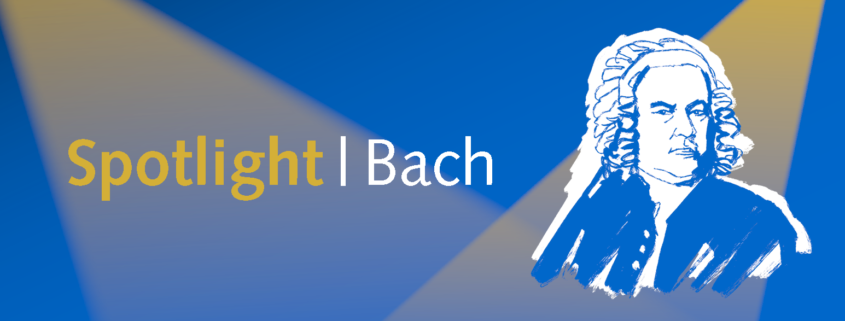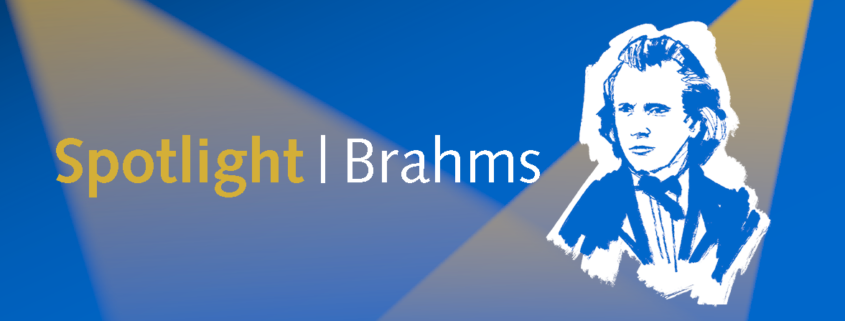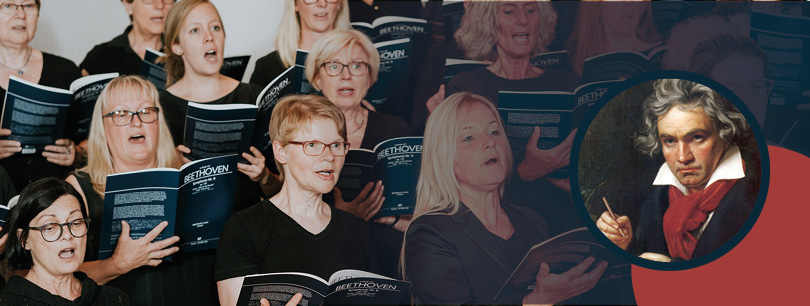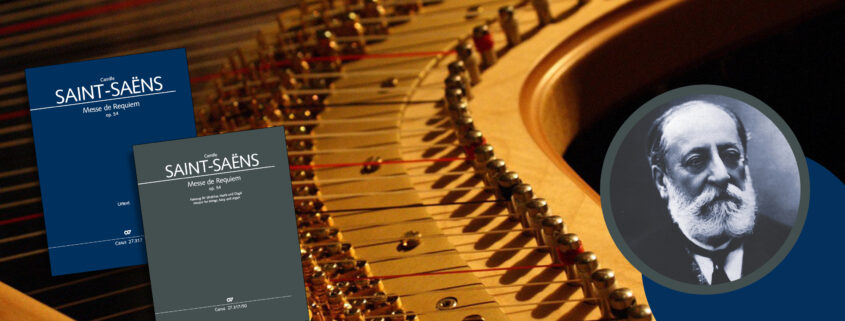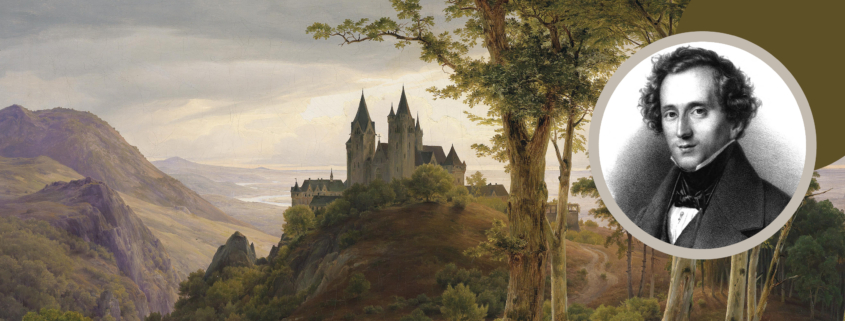César Franck: “Les Béatitudes”
César Franck regarded his oratorio “Les béatitudes” as his most important work. The first performance of the version with piano accompaniment was given in Franck’s private apartment. But the “real” premiere of the orchestral version with over 250 performers took place only after the composer’s death in 1891 in Dijon. It was an overwhelming success, as was the Paris premiere in March 1893.





